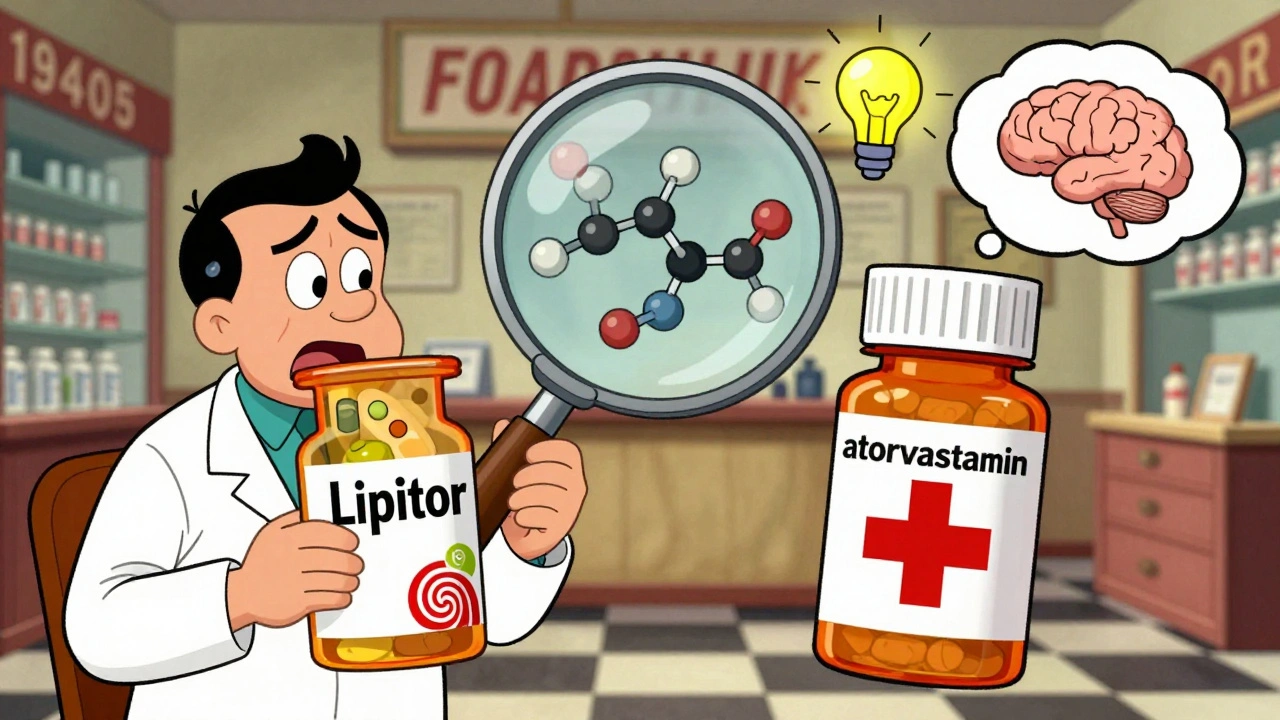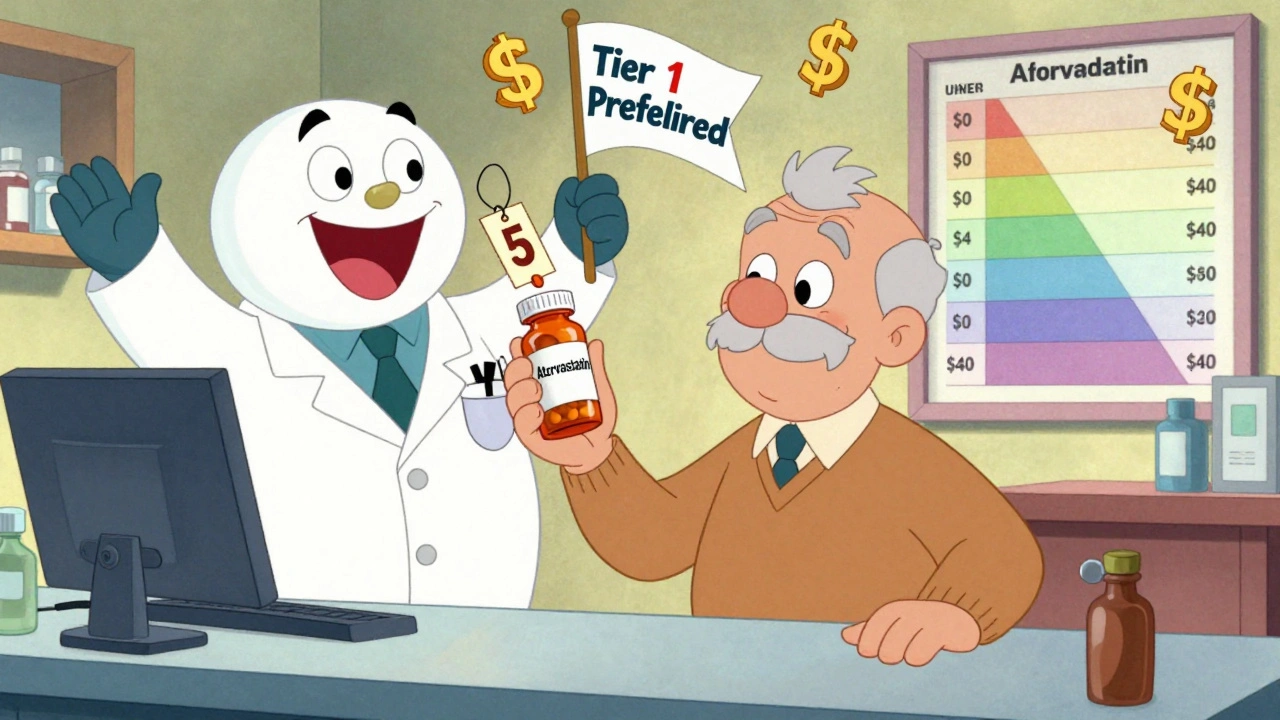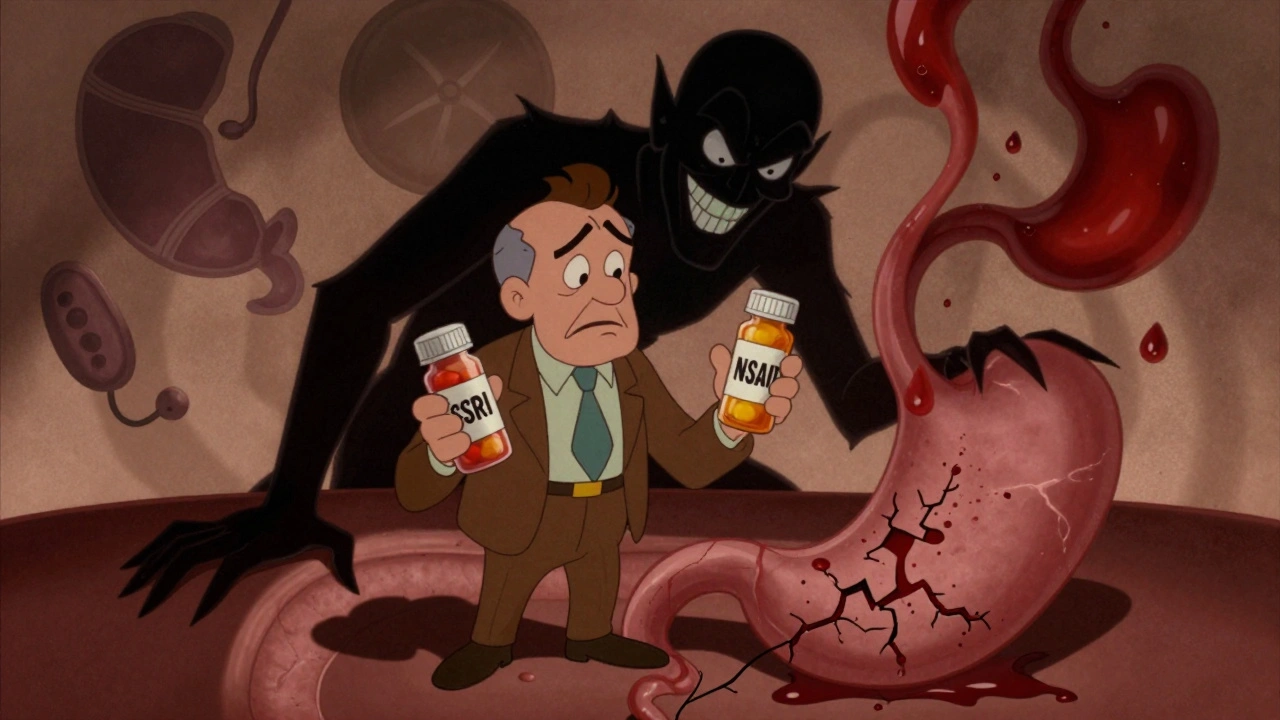Folate Form Finder Quiz
Folic Acid is a synthetic form of vitamin B9 used in fortified foods and supplements. It is cheap, stable, and has a recommended daily intake of 400µg for most adults. Because the body must convert it to the active 5‑methyltetrahydrofolate (5‑MTHF) before it can be used, its effectiveness can vary with genetic differences in the MTHFR enzyme.
People often wonder whether other folate sources work better, especially if they have elevated homocysteine, are planning a pregnancy, or take medication that interferes with folate metabolism. This guide breaks down the most common alternatives, compares key attributes, and helps you decide which form fits your health goals.
Quick Take
- Folic acid is inexpensive and widely available but needs conversion in the liver.
- Methylfolate (5‑MTHF) is the biologically active form; it bypasses the MTHFR step.
- Folinic acid (5‑formyl‑THF) is a partially active form useful for certain medication interactions.
- Natural food folate comes bound to carbohydrates, offering lower bioavailability but additional nutrients.
- Prenatal vitamins usually blend folic acid with other nutrients; some now use methylfolate for better absorption.
Understanding the Core Players
Methylfolate (5‑MTHF) is the natural, active form of vitamin B9 that circulates in the bloodstream. It requires no enzymatic conversion, making it ideal for people with MTHFR polymorphisms. Typical supplemental doses range from 400µg to 1mg.
Folinic Acid (5‑formyl‑THF) sits one step before the active methylated form. It can be converted directly to 5‑MTHF, which is why it’s preferred when patients take antifolate drugs like methotrexate. Doses are usually 200‑400µg per day.
Natural Folate refers to the folate found in leafy greens, legumes, and citrus. Chemically it exists as polyglutamates that must be broken down during digestion. Because of this extra step, its bioavailability averages 50‑60% of synthetic folic acid.
Prenatal Vitamin is a formulated supplement for pregnant or trying‑to‑conceive individuals. It typically contains 400‑800µg of folic acid, along with iron, iodine, and DHA. Newer formulations may replace folic acid with methylfolate for better utilization.
Why Bioavailability Matters
Bioavailability is the proportion of a nutrient that reaches systemic circulation in an active form. For folate, the conversion pathway looks like:
- Folic Acid → (MTHFR) → 5‑MTHF (active)
- Folinic Acid → (direct) → 5‑MTHF
- Natural Folate → (intestinal enzymes) → 5‑MTHF
If the MTHFR step is sluggish, you may end up with higher unmetabolized folic acid in the blood-a condition linked in some studies to altered immune response. Methylfolate sidesteps this bottleneck, delivering 100% active folate immediately.
Comparison Table
| Form | Bioavailability | Typical Dose (µg) | Conversion Needed? | Best For |
|---|---|---|---|---|
| Folic Acid | 85‑100% | 400‑800 | Yes (MTHFR) | General population, fortified foods |
| Methylfolate (5‑MTHF) | 100% | 400‑1000 | No | People with MTHFR variants, pregnancy |
| Folinic Acid | 90‑95% | 200‑400 | Minimal (one step) | Those on methotrexate, chemotherapy |
| Natural Food Folate | 50‑60% | Variable (depends on diet) | No (already active) | Whole‑food enthusiasts, low‑supplement users |
| Prenatal Vitamin (Folic Acid‑based) | 85‑100% | 400‑800 | Yes (MTHFR) | Pregnant or trying‑to‑conceive women |

How to Choose the Right Form
Here’s a simple decision tree you can apply:
- Are you pregnant or planning a pregnancy? Yes → Look for prenatal formulas that contain either 400‑800µg folic acid or 5‑MTHF.
- Do you have a known MTHFR mutation (C677T or A1298C)? Yes → Choose methylfolate to guarantee active folate.
- Are you taking antifolate medication (e.g., methotrexate)? Yes → Folinic acid can help mitigate drug‑induced folate depletion.
- Do you prefer a food‑first approach? Yes → Aim for 400‑600µg equivalents from leafy greens, beans, and citrus, but consider occasional supplementation if blood tests show low red‑cell folate.
- Budget is a concern? Yes → Standard folic acid tablets are the most cost‑effective.
Most healthy adults can meet their needs with fortified foods and a low‑dose folic acid supplement. If you fall into any of the “yes” categories, a targeted alternative may be worth the extra cost.
Safety and Interactions
All forms of folate are water‑soluble, so excess is usually excreted. However, extremely high intakes of folic acid (>1mg/day) can mask B12 deficiency, leading to neurological damage. Methylfolate does not mask B12 but can still cause mild gastrointestinal upset at very high doses.
Key drug interactions:
- Anticonvulsants (phenytoin, carbamazepine) - may increase folate requirement.
- Antifolates (methotrexate, trimethoprim) - folinic acid is the rescue agent of choice.
- Vitamin B12 - low B12 impairs folate utilization; check both levels together.
Regular blood tests for serum folate, red‑cell folate, and homocysteine give a clearer picture than relying on supplement labels alone.
Related Concepts to Explore
Understanding folate fits into a broader nutrition picture. You may also want to read about:
- Homocysteine - a sulfur‑containing amino acid that rises when folate or B12 are low, linked to cardiovascular risk.
- MTHFR Gene Polymorphism - genetic variants that slow conversion of folic acid to 5‑MTHF.
- Neural Tube Defects - birth defects preventable by adequate folate intake before and during early pregnancy.
- Vitamin B12 - works hand‑in‑hand with folate for red blood cell formation.
- Red Blood Cell Folate - a laboratory marker reflecting long‑term folate status.
Practical Tips for Daily Folate Support
- Start your day with a smoothie packed with spinach, kale, and orange juice - roughly 150µg natural folate.
- If you’re on a standard multivitamin, check the label: 400‑800µg folic acid is typical.
- For MTHFR carriers, a 5‑MTHF supplement of 400µg once daily often restores normal homocysteine levels.
- When on methotrexate, add 200µg folinic acid 2-4hours after the drug, as advised by your physician.
- Annual blood work that includes serum folate, B12, and homocysteine helps fine‑tune dosing.
Bottom Line
The right folate form depends on genetics, health goals, medication profile, and budget. Folic acid remains a solid, low‑cost choice for most people, but methylfolate, folinic acid, and whole‑food sources each have niche advantages that can make a measurable difference in specific situations.

Frequently Asked Questions
Can I take both folic acid and methylfolate together?
Yes, many prenatal formulas combine the two to cover a broader range of needs. However, the total intake should stay under 1mg per day unless supervised by a healthcare professional.
What dosage of methylfolate is safe for someone with an MTHFR mutation?
Most experts recommend 400µg to 800µg daily. Doses higher than 1mg are usually reserved for therapeutic settings and should be monitored.
Does cooking destroy natural folate in vegetables?
Heat does reduce folate content by up to 30%, especially with boiling. Steaming or microwaving retains more, and raw salads keep the highest levels.
Can excessive folic acid mask a vitamin B12 deficiency?
Yes. High folic acid can correct the anemia caused by B12 deficiency but won’t fix neurological damage. If you’re over 50 or have risk factors, test B12 alongside folate.
Is folinic acid the same as methylfolate?
No. Folinic acid is a one‑step precursor that still needs conversion to 5‑MTHF, whereas methylfolate is already the active form. Folinic acid is often used to rescue patients on antifolate chemotherapy.







Sam Tyler
Folic acid has been the gold standard for decades because it’s cheap, stable, and works fine for most people. But if you’ve got an MTHFR variant - and let’s be honest, a lot of us do - that conversion step becomes a bottleneck. I’ve seen patients with elevated homocysteine who just didn’t improve until we switched them to methylfolate. No magic bullet, but it’s a game-changer for those who need it.
Also, don’t sleep on folinic acid. If you’re on methotrexate for psoriasis or RA, this isn’t just a supplement - it’s a safety net. I’ve had patients on 200mcg folinic acid twice a week, and their liver enzymes stabilized almost immediately. It’s not about being ‘better’ than folic acid - it’s about matching the tool to the job.
And yeah, food matters. Spinach, lentils, avocado - they’re not just ‘natural,’ they’re part of a system. Folate doesn’t work in isolation. Pair it with B12, B6, zinc, and you’re not just preventing neural tube defects - you’re supporting methylation across the board. That’s holistic health, not just supplement stacking.
shridhar shanbhag
Great breakdown. In India, most prenatal vitamins still use folic acid because it’s cheaper and widely available. But I’ve seen a rise in MTHFR testing among urban women, especially after recurrent miscarriages. Many switch to methylfolate on their own - sometimes without consulting a doctor. Not ideal, but understandable.
Also, cooking destroys folate. If you’re relying on dal and spinach, steaming is key. Boiling? You’re just wasting nutrients into the water. And yes - fortified atta (wheat flour) helps, but it’s not enough for high-risk groups. We need better public health messaging here.
John Dumproff
This is the kind of post that makes me feel seen. I’ve been on methylfolate for years after my doctor found I had the C677T mutation. Before that, I was exhausted, anxious, and my homocysteine was through the roof. Folic acid did nothing. Methylfolate? Within 3 weeks, my brain fog lifted. I could sleep. I stopped having random panic attacks.
Don’t let anyone tell you it’s ‘just a supplement.’ For some of us, it’s the difference between surviving and thriving. And if you’re pregnant or trying? Don’t gamble with folic acid. Your baby’s neural tube doesn’t care about your budget.
Lugene Blair
Let’s cut through the noise. Folic acid isn’t evil - it’s just outdated. We’ve known for 20+ years that MTHFR variants affect millions. Yet most multivitamins still use it because it’s profitable. Methylfolate costs more? Fine. But if you’re paying for a prenatal or a B-complex, why not spend $2 more for something that actually works?
I’ve had clients on methotrexate who were getting sick from folate depletion. Switched them to folinic acid - boom. No more nausea, no more crashes. This isn’t ‘alternative medicine.’ It’s biochemistry. Stop treating nutrition like a budget spreadsheet.
William Cuthbertson
There’s a deeper philosophical layer here that rarely gets discussed. Folic acid represents a kind of industrialized health - standardized, mass-produced, optimized for scale over individuality. Methylfolate, folinic acid, whole foods - they represent a return to biological nuance. We’re not machines. We’re not all meant to metabolize the same way.
Our ancestors didn’t take synthetic vitamins. They ate liver, greens, legumes. They didn’t know about MTHFR, but their bodies adapted. Now we have the science to see why some of us need more than the one-size-fits-all approach. It’s not about rejecting modern medicine - it’s about refining it. To ignore genetic variation in nutrient metabolism is to ignore evolution itself.
Eben Neppie
STOP telling people methylfolate is ‘better.’ It’s not. It’s just different. Most healthy people don’t need it. Folic acid is fine. The ‘MTHFR panic’ is a scam pushed by supplement companies. You don’t need to spend $40 a month on a pill that does the same thing as a $2 folic acid tablet.
And don’t get me started on ‘natural folate’ - you’d have to eat 2 pounds of spinach a day to hit 400mcg. That’s not practical. Fortification saves lives. It reduced neural tube defects by 30%. Stop romanticizing kale and start respecting public health science.
Hudson Owen
Thank you for this comprehensive overview. The distinction between forms of folate is often misunderstood, even among healthcare providers. I appreciate the emphasis on bioavailability and the clear decision tree.
I would only add that while methylfolate bypasses MTHFR, it does not eliminate the need for proper dosing. Some individuals, particularly those with severe methylation impairments, may require titration under supervision. Additionally, high-dose methylfolate can sometimes cause overmethylation symptoms - anxiety, insomnia, irritability - especially if B12 is not also optimized.
Always consider the full picture: B12, B6, zinc, magnesium, and homocysteine levels. Folate does not work in isolation. Thank you again for the clarity.
Steven Shu
My mom took folic acid during pregnancy and I’m fine. My cousin took methylfolate and she’s fine. So what’s the big deal? If you’re not sick, don’t overthink it. Just take the $2 pill. Stop falling for the ‘biohacker’ hype. Real food is good, but you don’t need to be a nutritionist to be healthy.
Milind Caspar
Let’s be real - this entire ‘methylfolate is superior’ narrative is a corporate scam. Folic acid has been used for 50 years. It’s been studied in millions. Now suddenly, a handful of ‘functional medicine’ influencers are selling $50 bottles of methylfolate, claiming everyone has an ‘MTHFR mutation’? That’s not science - it’s fear-based marketing.
And don’t get me started on the ‘natural folate’ crowd. You think eating spinach fixes everything? You’re ignoring that the WHO recommends folic acid fortification precisely because natural sources are unreliable and inconsistent. This isn’t about ‘bio-individuality’ - it’s about profit. The FDA didn’t mandate folic acid fortification because they’re stupid - they did it because it saved thousands of babies.
Anyone pushing methylfolate as a ‘must-have’ without lab evidence is either ignorant or selling something. Check your homocysteine. Check your B12. If both are normal? You don’t need it. Stop wasting money.